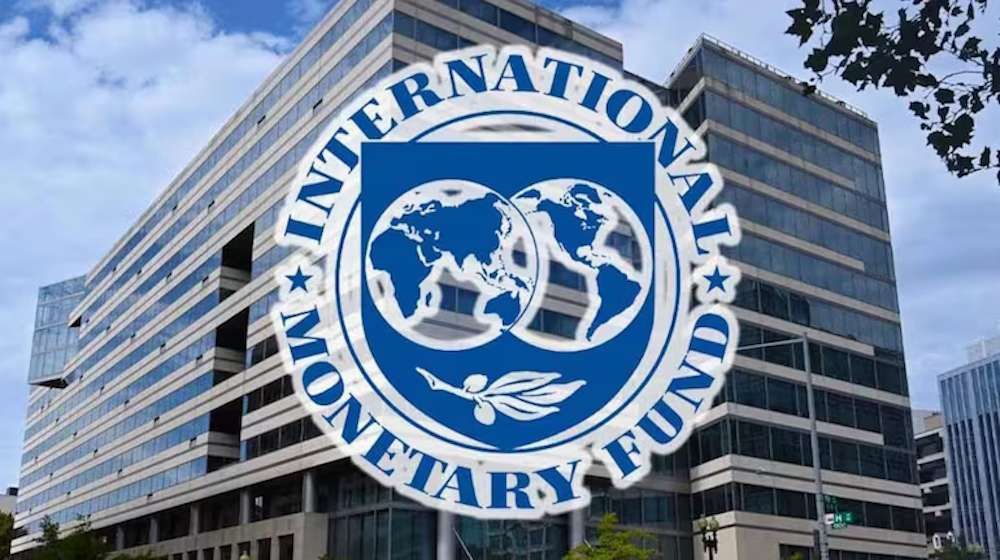The International Monetary Fund (IMF) projects that Argentina will experience a growth rate of 5.5% in 2025, even as it has lowered its global growth forecast in light of trade uncertainties stemming from U.S. President Donald Trump’s tariffs. The outlook for the country’s economic horizon in 2026 remains optimistic, with projections indicating growth could reach 4.5%. The alterations in the IMF’s forecasts were instigated by the global trade conflict initiated by Trump’s tariff strategy, which commenced on April 2. Despite the recent announcement by the U.S. president of a 90-day truce for all countries except China, the report indicated that there are “concerns about the potential for further disorderly corrections.”
The Fund has revised its global GDP growth projections downward to 2.8% for this year, which is a decrease of 0.5 percentage points from its January estimate, and to 3% for 2026, reflecting a reduction of 0.3 points since the beginning of the year. The data was released in the IMF’s revised World Economic Outlook report issued on Tuesday. “Major policy shifts are resetting the global trade system and giving rise to uncertainty that is once again testing the resilience of the global economy,” the review stated.
The United States is projected to experience a growth rate of 1.8% in 2025, which represents a decline of nearly one percentage point from the January estimate of 2.8%. China’s growth forecast was revised down from 4.8% to 4%, accompanied by additional reductions for Brazil and Japan. The Eurozone’s growth horizon has also decreased, from 1 to 0.8%.
The Argentine economy contracted by 1.8% in 2024, a consequence of two significant devaluations in late 2023 and a range of austerity measures enacted by President Javier Milei’s administration during his inaugural year in office. In 2025, the sole nation anticipated to surpass Argentina’s growth is India, projected at 6.2%. The IMF has revised its perspective on global inflation, indicating that tariffs will lead to a slower decline than previously anticipated. The report indicates that global price increases are projected to hit 4.3% in 2025 and 3.6% in 2026, featuring “notable” upward adjustments for the U.S. and other advanced economies.
“The global economy is entering a new era.” “Effective tariff rates reach levels not seen in a century,” IMF lead economist Pierre-Olivier Gourinchas stated in a post on X. He stated that the IMF’s policy recommendations are “prudency and improved collaboration.” “The foremost objective must be to reestablish a transparent, stable, and foreseeable trade landscape. “Monetary policy must remain agile; rebuilding fiscal buffers is crucial, and structural reforms remain needed.”

